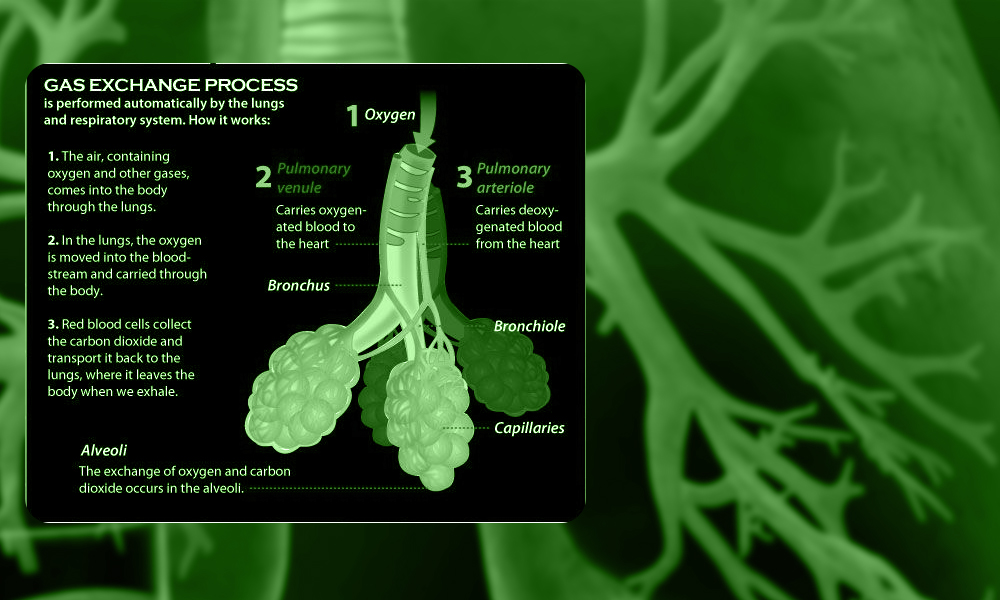With the advent of technological breathing support in respiratory care, many lives have been saved and greatly impacted. Most of this impact has brought about the supply of breath to anesthetic patients in surgical settings, hypoxemic individuals in ICUs, and a lot more. Research even reveals that one of these supportive devices called high-flow nasal oxygen has been a source of breath similar to nature.
Furthermore, this high-flow device has grown beyond measure due to its elevated FiO2 delivery and lower positive pressure rate. Also, its ability to preserve airways, easy usage, stress-free delivery, and patient compliance make it unique. As a result of this, many healthcare providers often refer to it as a better alternative therapy for traditional oxygen and CPAP.
Therefore, what is the essence of high-flow nasal oxygen in the ICU? Continue reading, as this blog provides detailed information about the mechanism of action and the various benefits of high-flow oxygen in intensive care units.

High-Flow Nasal Oxygen Therapy in Intensive Care
The concept of “High-flow oxygen therapy” is one that cuts across several units in the healthcare sector. Its advantages in intensive care units (ICU) to be precise are one that can’t be kicked aside. However, before we take a deep look at these benefits we need to understand their purpose and significance. So what’s a humidified high-flow therapy?
When we are talking about High-flow nasal oxygen therapy (HFNO), then we are referring to breathing support that provides warm and moisturized oxygen. It is even a system that supplies air that aligns with or surpasses patients’ inspiratory demands. In most cases, this therapy is often used as a perfect substitute for conventional oxygen because of its effectiveness in preserving the airways. However, its effectiveness in reducing oxygen desaturation levels is invaluable as it improves patient oxygenation rate.
Additionally, high-flow oxygen therapy also performs some special activities like dead space clearance, PEEP delivery, and decreased airway resistance. However, the mode of action and physiological effects of these mechanisms are yet to be understood. Still, they serve as a great edge when compared to other therapies. Therefore, what is the mechanism of action of HFNO therapy?

How Does Humidified High-Flow Nasal Oxygen Work?
Although scientists have yet to fully understand the various mechanisms by which high-flow nasal oxygen works. However, ongoing research has shown that this therapy is a complex system with a series of procedures. One of these procedures is the application of pressure from the nasopharynx inner wall to the exterior in order to create a positive pressure environment. Besides, this pressure also increases the possibility of ventilation and oxygenation.
To be more specific, high-flow nasal oxygen usually supplies 100% heated and moisturized air at a flow rate between 30 to 60 L/min. Apart from that, it also stands out because it is aerosol-generating and most of its settings can be adjusted independently. Furthermore, the oxygen supplied also improves functional residual capacity (FRC) and mucociliary washout of secretion thereby reducing the effort required to breathe.
Advantages of High-Flow Nasal Oxygen in Intensive Care Settings
Patients with respiratory issues like ARF or severe COPD cases have greatly benefited from the impact of high-flow nasal oxygen. This is because this respiratory device outperforms traditional oxygen therapy in several ways. Some of these beneficial ways are:
- Reduced Work of Breathing and Patient Comfort
Oftentimes, humidified high-flow oxygen delivers air to a patient at a constant rate throughout the entire breathing process. For this reason, the patient’s need for extra effort to breathe is always lessened and oxygenation is made better.
Additionally, patients placed on high-flow nasal oxygen usually experience comfort as a result of the moisturized air that often decreases atelectasis by preventing the dehydration of the airways.
- Provision of Warm and Humidified Oxygen
One of the special features that make high-flow therapy distinct is its ability to heat the inhaled air to normal body temperature. Along with this process, it also adds some water molecules to the air in order to prevent airway irritation and damage.
- Allow Better Clearance of Secretions
Normally, the respiratory tract, especially the nostrils, secrete sticky fluids that trap substances like drugs from reaching the lungs. These sticky fluids called the mucus are often cleared during high-flow nasal oxygen therapy without the need of an external washout system.
- Simple and Easy Usage
Unlike traditional oxygen, high-flow therapy is very easy to use. It’s not a device that requires extensive training; all that is required is a sound operator, active heated humidifier, soft nasal cannula, simple circuit, and flow generator.

Improved Oxygenation and Respiratory Mechanics with High-Flow Nasal Oxygen
Recently, the oxygenation level of patients with respiratory distress or hypoxemia has improved following the use of high-flow nasal oxygen. To achieve this effect, Its mechanism of action often delivers consistent and higher FiO2 that comply with the lungs. Besides, it also reduces dead spaces which offers lower positive end-expiratory pressure (PEEP) to improve ventilation perfusion.
Applications in Various Intensive Care Scenarios
Nowadays, intensive care units (ICUs) are increasingly using high-flow nasal oxygen due to mounting data from multiple research demonstrating its effectiveness. For this reason, many healthcare providers have begun to implement it in the treatment of several patients with different kinds of respiratory conditions, such as
- Acute hypoxemic respiratory failure
- Chronic obstructive pulmonary disease (COPD)
- Post-extubation Care
- Pulmonary congestion
- Post-operative breathing support
- Bronchiolitis (especially in children)
- Chronic respiratory distress like asthma
Consideration for Implementing Humidified High-flow Nasal Oxygen Therapy
Humidified high-flow nasal oxygen therapy is an effective device that is perfect for almost every severe breathing condition. Still, to prevent any complications or medical problems, some factors must be taken into consideration. So, as a medical professional or a pulmonologist, you must consider some of the following factors before using high-flow nasal oxygen therapy.
- Patient’s high-flow oxygen compliance
- HFNO flow rate and FiO2
- Proper heat and humidification system
- Size of the Nasal Cannula (suitable size of the mouth)
- Effective maintenance and cleaning process
- Proper Orientation and Training program.
- Mode of mechanism – either noninvasive or intubation method.
Biosys Biomedical Support
High-flow nasal oxygen is one of the greatest devices that can be used to treat respiratory problems – either chronic or mild. Its existence in the intensive care unit has provided solutions to assisted breathing with limited complication. Apart from being a system that improves oxygenation, it is also a mechanical tool that supplies warm and humidified air which maintains airway physiological functions. They are also known to be a perfect option in the ICU, even though their mechanisms of action are yet to be fully understood.
So, if you want to improve your respiratory system into a better, safer, and complication-free tract, you can opt for high-flow nasal oxygen. Although, doing this requires an expert, therefore, if you require any you can call Biosys Biomedical for help today. Reach out to them to breathe with no stress!
References
- https://www.ncbi.nlm.nih.gov/pmc/articles/PMC5537116/#:~:text=
- https://pubmed.ncbi.nlm.nih.gov/29397127/
- https://www.researchgate.net/figure/Advantages-and-disadvantages-of-high-flow-nasal-cannula-treatment_tbl1_356654552#:~:text=
- https://www.ncbi.nlm.nih.gov/pmc/articles/PMC10727693/ https://www.ncbi.nlm.nih.gov/pmc/articles/PMC8142809/


Add a Comment